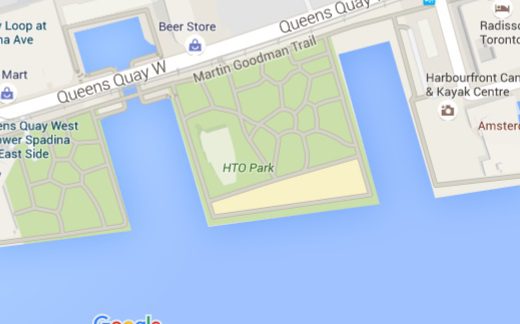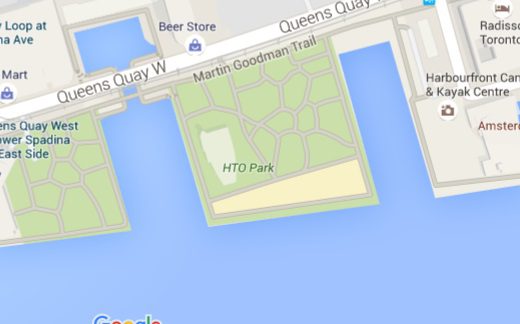Toronto’s Queen’s Quay bike lanes report huge numbers of cyclists, but issues remain, advocates say
It's not been without its share of controversy for Toronto-area cyclists, but according to the numbers, at least, the city's new waterfront bike route is a resounding success.


It’s not been without its share of controversy for Toronto-area cyclists, but according to the numbers, at least, the city’s new waterfront bike route is a resounding success.
The bike route extends the Martin Goodman Trail, following a route along the shores of Lake Ontario. Developed by Waterfront Toronto, the extension, centered in the Queen’s Quay area near downtown, was officially unveiled earlier this summer. Though conflicts and a bit of confusion were reported soon after its opening — a consequence of the space being largely shared by pedestrians and cyclists alike — the route, Waterfront Toronto says, has been a wildly successful one.
Nearly 600 cyclists per hour, the organization reports, were reported between noon and 4 pm during the festival weekend of Sept. 5 and 6, the Toronto Star says — ten times more than the number observed in 2007, at the same festival. During the weekday, too, the same number was reported on Sept. 1, between the hours of 8 am and 5 pm.
The number defied even Waterfront Toronto’s expectations, the Star reported.
“What we’re really excited to see is at peak rush-hour times, we get our biggest spikes. It’s way more than what the city has seen on some of the new cycle tracks they’ve put in which also have seen impressive increases.” Advocates in Toronto’s cycling community, however, say more needs to be done to address the issue of pedestrians and riders sharing the same space — something Waterfront Toronto has tried to address with the introduction of signage and markings.
“The pedestrian-cycling conflict was really elevated in August with that video capture of the pedestrian punching the cyclist,” said Jared Kolb of Cycle Toronto. “That reflects the negative side of the conflict that has been shifted on to pedestrians and cyclists through the design.”
Nonetheless, Kolb told the Star, things are looking better throughout the city when it comes to bike infrastructure — something to which the Queen’s Quay extension attests.
“We’re pretty new at designing protected bike lanes,” he added. “It is a work in progress, and we’ve got design standards that are improving in the city, based on international best practices.”
